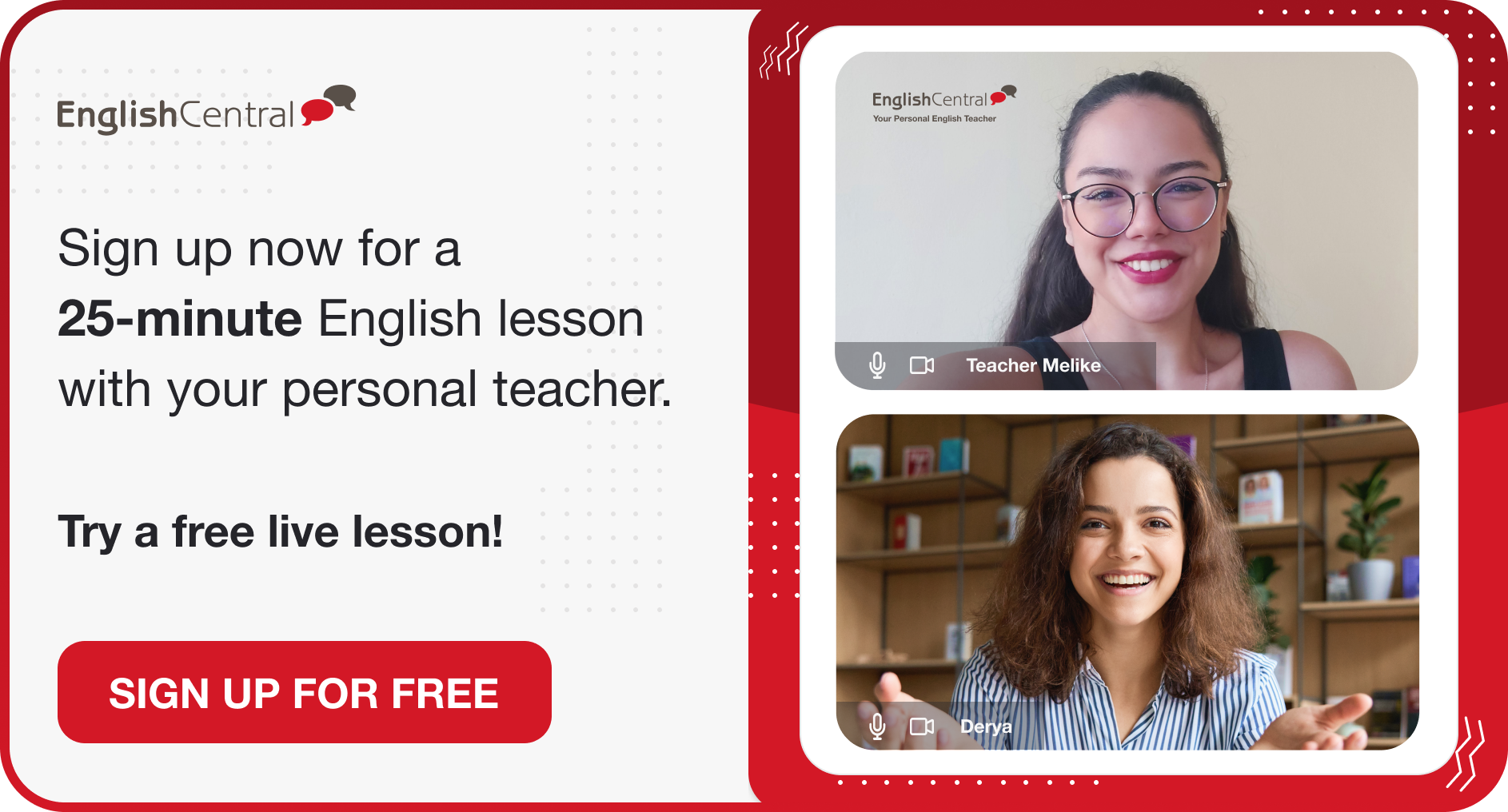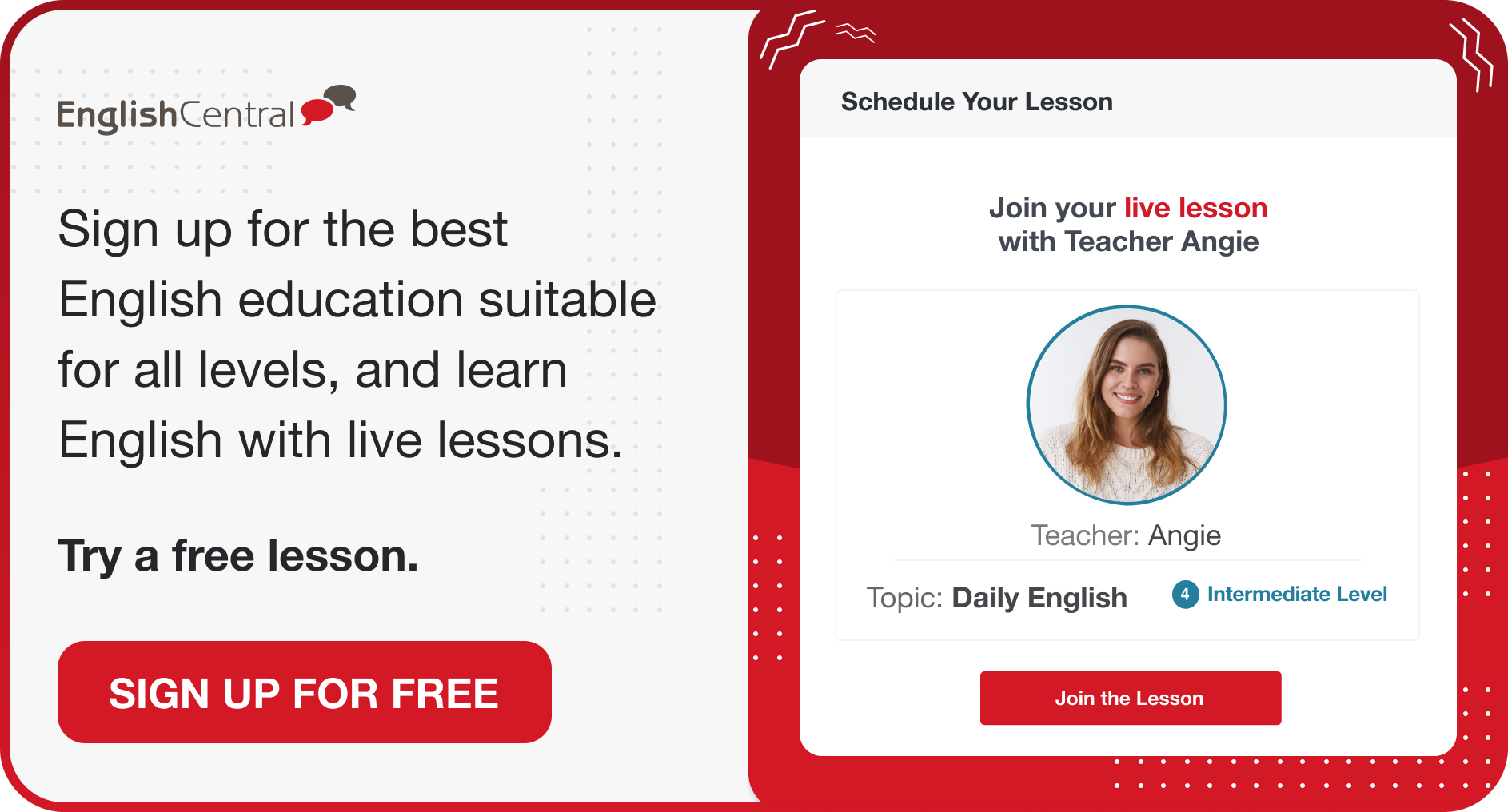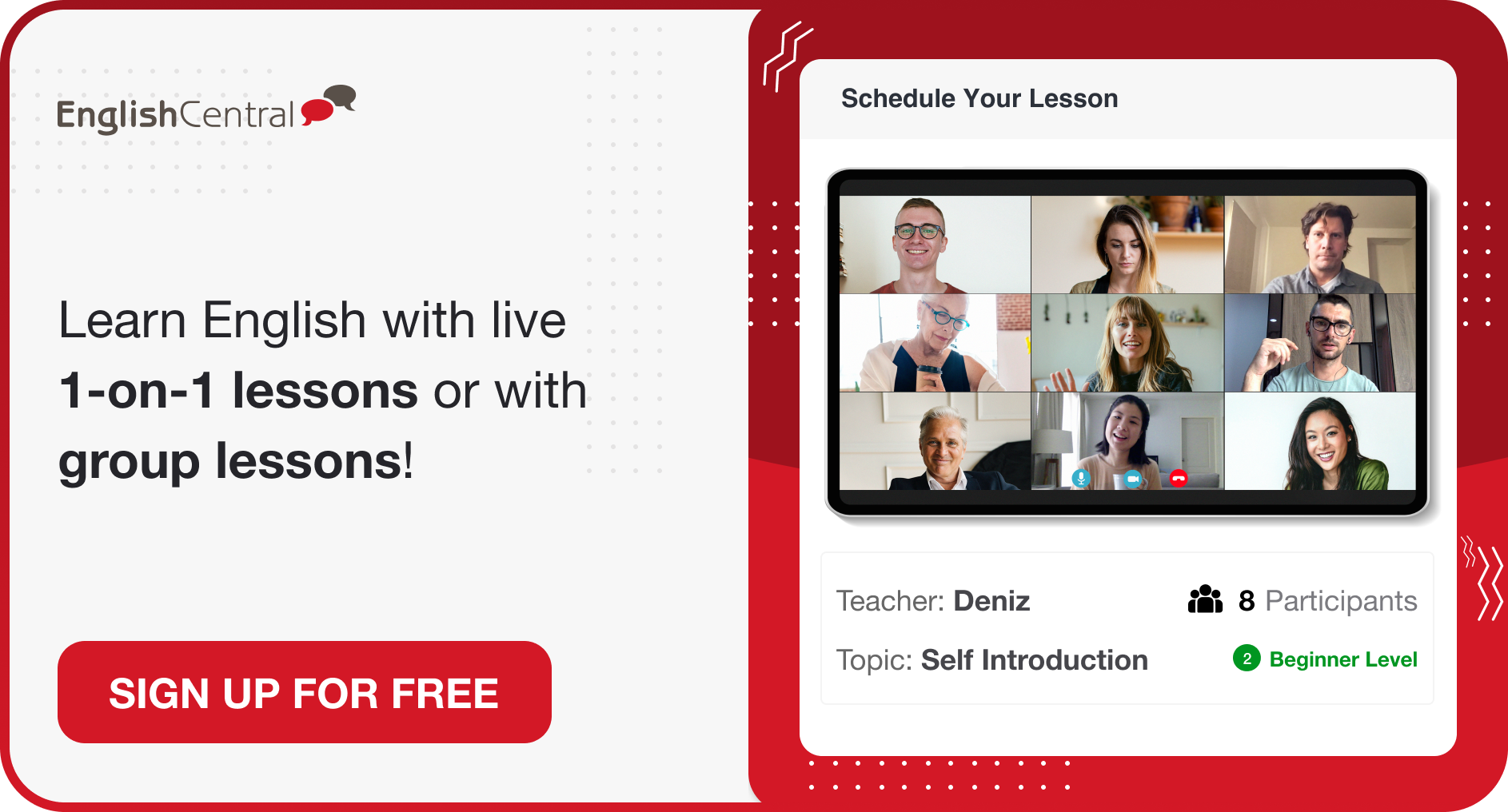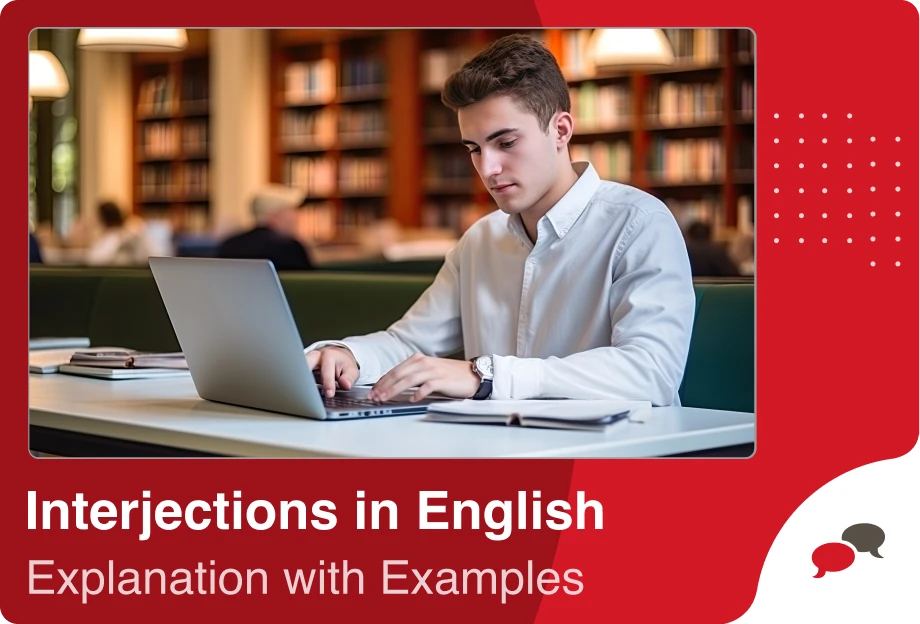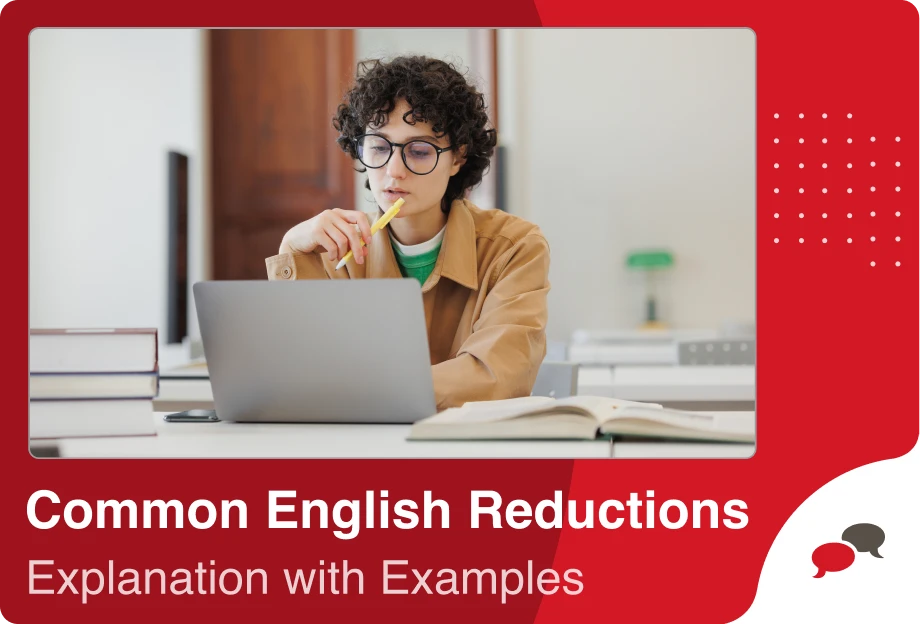I purchased bread. I purchased butter. I purchased eggs. I purchased vegetables. Does it sound correct? No. Are you familiar with conjunctions? This article explores the meaning, definition, types, and usage of conjunctions. Additionally, examine the examples and attempt the practice questions to gain a clearer understanding of the subject.
What Are Conjunctions?
Conjunctions have the function of joining two or more objects, phrases, or clauses. They can also be referred to as connectors because they are utilized in sentences to establish connections. Typically, conjunctions are located towards the end of a sentence when they connect clauses. However, when connecting objects or phrases, conjunctions can appear at the beginning, middle, or end of the sentence depending on the position of the objects or phrases.
Types of Conjunctions
Conjunctions are primarily used to connect actions, ideas, and thoughts. They are classified into three main types: coordinating conjunctions, subordinating conjunctions, and correlative conjunctions.
Coordinating Conjunctions
Coordinating conjunctions are used to combine two independent clauses. Such as:
For,
And,
Nor,
But,
Or,
Yet,
So.
Subordinating conjunctions
Subordinating conjunctions are used to combine an independent clause with a dependent clause. Such as:
If,
Although,
Though,
After,
Before,
Because,
As if,
Unless,
Until,
When,
While.
Correlative conjunctions
Correlative conjunctions are used to combine two phrases or parts of a sentence that have equal importance. Such as:
Not only…but also,
Either…or,
Neither…nor,
Whether…or,
Rather…or,
If…then, etc.
List of Most Commonly Used Conjunctions in Daily Communication
Listed below are the most commonly used conjunctions that you can incorporate into your daily communication. Conjunctions are generally divided into three categories:
Coordinating Conjunctions
Coordinating conjunctions serve several key functions in English grammar. You can see the 7 coordinating conjunctions in the list below:
| And | This conjunction is used to add information, items, or actions that are similar or related. |
| But | It contrasts or adds a contrasting idea to the one before it. |
| Or | It presents alternatives or choices. |
| Nor | It presents a negative alternative to a preceding negative clause. |
| For | It gives a reason or explanation. |
| So | It indicates a result, consequence, or purpose. |
| Yet | It introduces a contrasting or unexpected idea. |
By examining the examples we’ve provided below, you can comprehend clearly how to use coordinating conjunctions:
“I like to read and write.” (Adding another activity that the speaker enjoys.)
“She studied hard, but she still failed the exam.” (Contrasting the effort with the outcome.)
“Would you like tea or coffee?” (Presenting two options for a beverage choice.)
“He neither ate breakfast nor lunch.” (Expressing the absence of both meals.)
“She worked hard, for she wanted to succeed.” (Explaining the motivation behind the hard work.)
“It started raining, so we decided to stay indoors.” (Resulting in the decision to stay inside.)
“She was tired, yet she continued working.” (Contrasting her fatigue with her persistence.)
Correlative Conjunctions
Correlative conjunctions are pairs of words that work together to join words, phrases, or clauses with similar grammatical structures. Here’s a list of common correlative conjunctions:
| both...and | This pair emphasizes that two elements are included. |
| either...or | This pair presents a choice between two options. |
| neither...nor | This pair presents a negative choice between two options. |
| not only...but also | This pair adds emphasis and indicates that there is more to the statement than just what is mentioned initially. |
| whether...or | This pair introduces alternatives or possibilities. |
| as...as | This pair compares two things. |
By examining the examples we’ve provided below, you can comprehend clearly how to use correlative conjunctions:
1. Both…and:
– “She both sings and plays the guitar.”
– “He is both intelligent and hardworking.”
2. Either…or:
– “You can either have cake or ice cream for dessert.”
– “We can go either to the beach or to the mountains for vacation.”
3. Neither…nor:
– “He neither drinks nor smokes.”
– “The book is neither interesting nor well-written.”
4. Not only…but also:
– “She is not only smart but also kind.”
– “The movie is not only entertaining but also thought-provoking.”
5. Whether…or:
– “I don’t know whether to buy the blue shirt or the red one.”
– “We will go to the party whether it rains or not.”
6. As…as:
– “She is as tall as her brother.”
– “The movie was as exciting as I expected.”
Subordinating Conjunctions
Subordinating conjunctions are used to join subordinate clauses to main clauses in complex sentences. They introduce dependent clauses, which cannot stand alone as complete sentences but instead rely on the main clause for context and meaning. Here’s a list of common subordinating conjunctions in English:
| After | Time |
|---|---|
| Although | Contrast |
| As | Cause and Effect |
| Because | Cause and Effect |
| Even if | Condition |
| If | Condition |
| Since | Time |
| Though | Contrast |
| Unless | Condition |
| Until | Time |
| When | Time |
| Whenever | Time |
| Where | Condition |
| Whereas | Comparison |
| Wherever | Condition |
| Whether | Comparison |
| While | Time |
By examining the examples we’ve provided below, you can comprehend clearly how to use subordinating conjunctions:
After:
“After I finish my homework, I will go to the movies.”
Although:
“Although it was raining, they decided to go for a walk.”
As:
“She left the party early, as she had to catch the last train.”
Because:
“He couldn’t sleep because the neighbors were having a party.”
Before:
“Please wash your hands before you eat.”
Even if:
“Even if it snows, the event will still take place.”
If:
“If you study hard, you will pass the exam.”
Since:
“Since it’s your birthday, let’s go out for dinner.”
Though:
“Though he is rich, he lives a simple life.”
Unless:
“I won’t go to the party unless you come with me.”
Until:
“We’ll wait here until the rain stops.”
When:
“She was happy when she received the good news.”
Whenever:
“He always feels hungry whenever he smells freshly baked bread.”
Where:
“I will meet you where we first met.”
Whereas:
“I like hot weather, whereas my sister prefers cold weather.”
Wherever:
“I will follow you wherever you go.”
Whether:
“I don’t know whether he will come to the party.”
While:
“She read a book while waiting for the bus.”
Examples of Conjunctions
Here are 20 example sentences that uses conjunctions!
1. I like both chocolate and vanilla ice cream.
2. She will either take the bus or walk to work.
3. He not only completed his homework but also helped his friend.
4. We can go to the park today if it doesn’t rain.
5. You can have either tea or coffee for breakfast.
6. She wants to travel, yet she has not saved enough money.
7. He didn’t study hard, so he failed the exam.
8. They are going to the beach because the weather is nice.
9. I’ll finish my work early so that I can join the party.
10. She is both intelligent and hardworking.
11. We will go shopping, provided that we have enough money.
12. He can neither sing nor dance.
13. You should study hard, otherwise you will fail the test.
14. They arrived late, but the party had already started.
15. He wants to become a doctor, but he needs to study medicine first.
16. She works hard, for she wants to succeed in her career.
17. You can eat pizza either with your hands or with a fork.
18. He is tired, yet he still manages to smile.
19. She tried her best, yet she couldn’t win the competition.
20. I will go jogging despite feeling tired.
Frequently Asked Questions About English Conjunctions
What are the 7 main conjunctions?
English has seven coordinating conjunctions: for, and, nor, but, or, yet, so.
What are the 3 main types of conjunctions?
There are three basic types of conjunctions: coordinating, subordinating, and correlative.
What is a conjunction in grammar?
Conjunctions are parts of speech that connect words, phrases, clauses, or sentences.
What are the most famous conjunctions?
The most common conjunctions include after, as, as if, because, unless before, if, than, though, until, although, how, since.
Would you like to put what you have learned into practice? You can access everything you need to learn English on a single platform! With 25-minute one-on-one live English lessons, 40-minute group lessons, more than 30,000 interactive videos, vocabulary learning tools, AI-supported tutor MiMi, quizzes, and interactive activities, EnglishCentral offers its users a personalized and quality education plan at an affordable price. How about registering for EnglishCentral now and starting to learn English?







